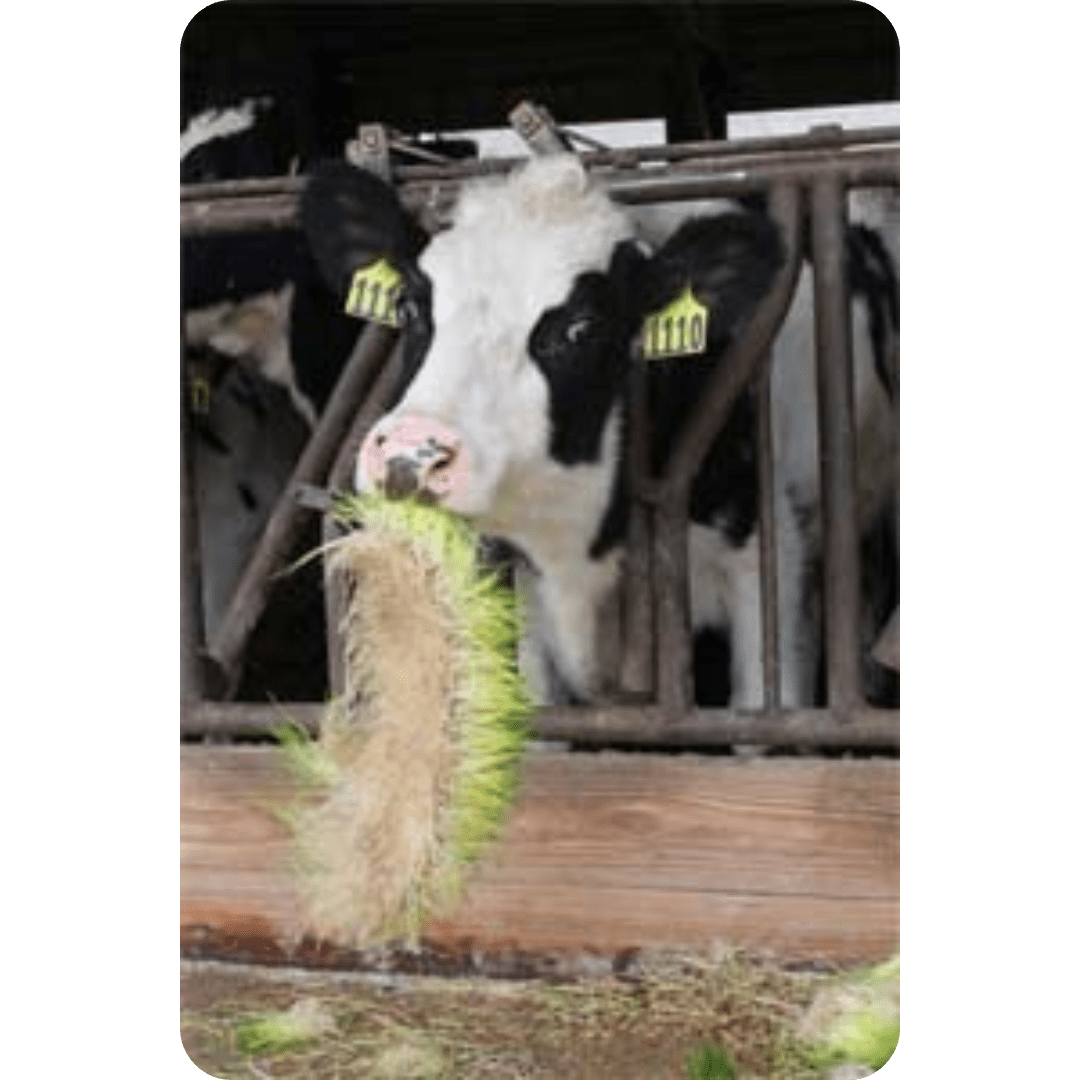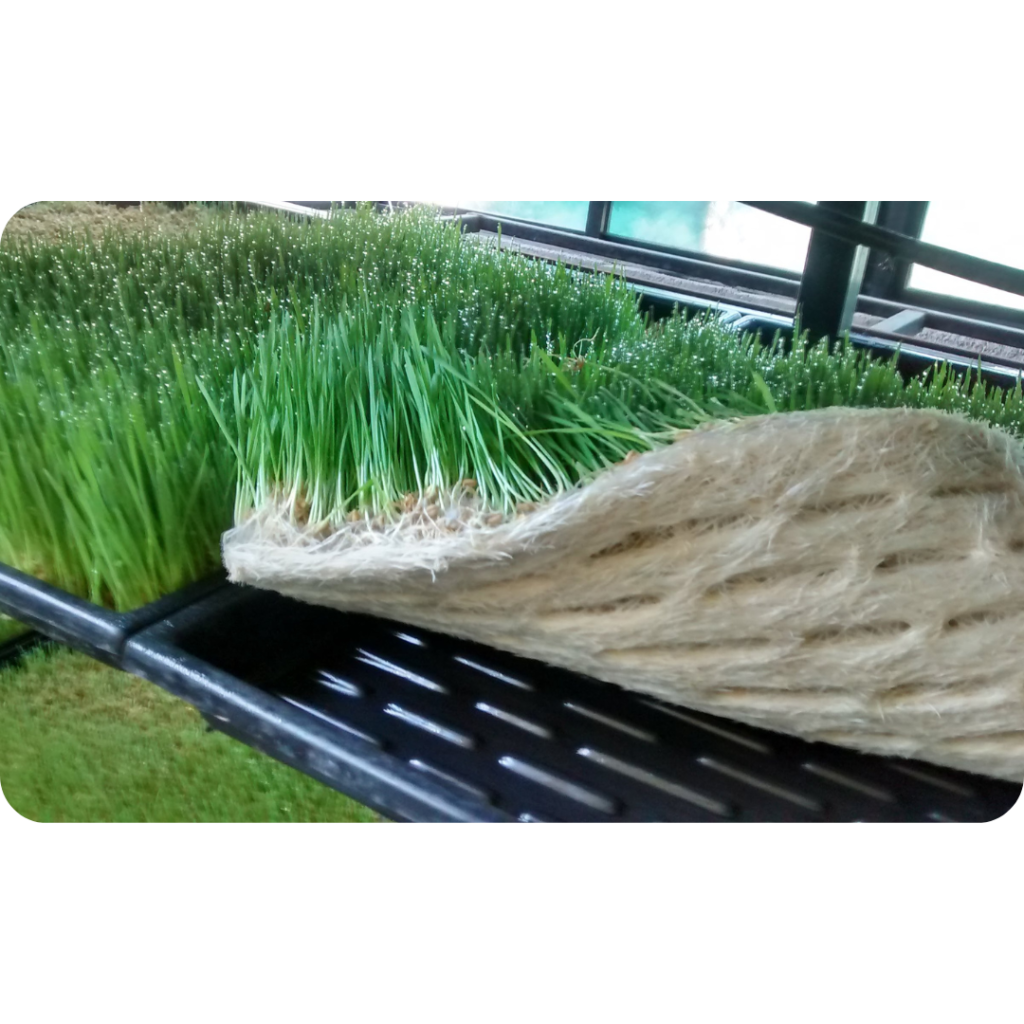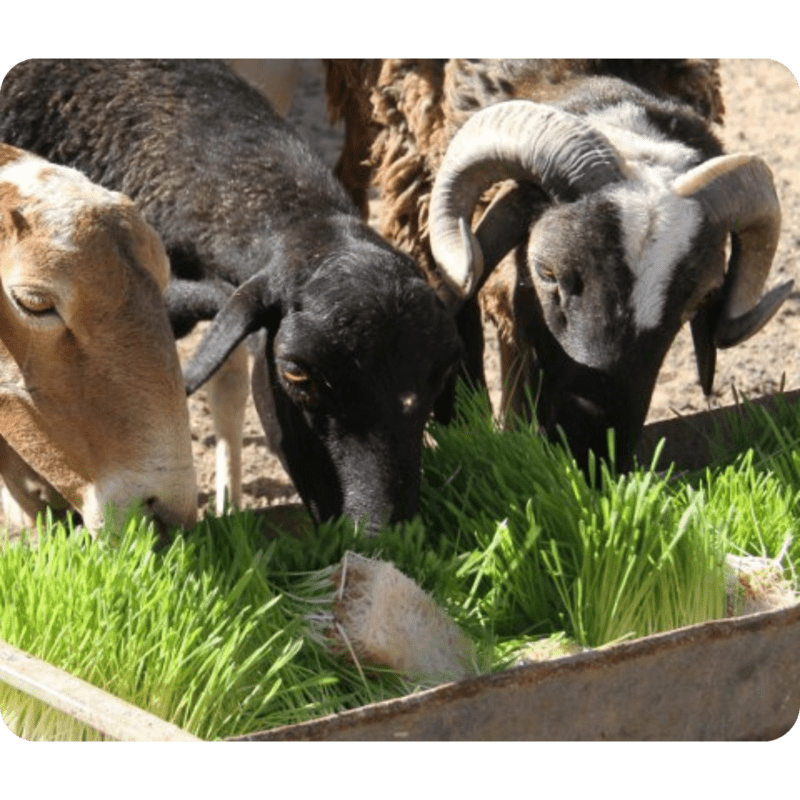Grow Fresh, Healthy Livestock Feed
Year-Round with Alpha Hydroponics.
Transform the way you feed your livestock with the innovative Hydroponic Fodder Setup by Alpha Hydroponics Kenya. Designed to produce fresh, nutrient-rich fodder quickly and efficiently, this system is perfect for farmers looking to boost productivity, reduce costs, and embrace sustainable farming practices.
Why Choose Hydroponic Fodder Setup?
How It Works (Step-by-Step)
Step 1: Book a Site Assessment
Step 2: Receive a Custom Design Plan
Step 3: Installation & Training
Step 4: Start Growing with 1-month Support
Pricing & Customization



We Tailor Solutions for Your Space
We don’t believe in one-size-fits-all. Our experts create a design plan based on your space, goals, and budget.
Frequently Asked Questions
Your Questions Answered
General Questions
What is a hydroponic fodder setup?
A hydroponic fodder setup is a farming system that grows livestock feed (fodder) using nutrient-rich water instead of soil. It is highly efficient and ideal for producing feed quickly in limited space.
How does the hydroponic system work?
The system involves soaking seeds (e.g., barley, wheat) and placing them in trays where they germinate and grow under controlled conditions. Nutrient-rich water circulates through the trays, ensuring rapid and healthy growth.
What materials are used in the setup?
The setup is made with durable, UV-resistant materials, including food-grade trays and a steel or aluminum frame to support multiple layers.
Benefits-Related Questions
What are the advantages of using a hydroponic fodder system?
- Saves water and space.
- Produces high-quality, nutritious fodder.
- Ensures year-round feed production.
- Reduces dependency on traditional feed supplies.
Is hydroponic gardening sustainable?
Yes, hydroponic towers conserve up to 80% more water than traditional farming methods, use minimal land, and eliminate the need for harmful pesticides.
Can hydroponic fodder set-ups be used year-round?
Absolutely! With proper environmental control (light, temperature, and humidity), you can grow plants year-round, regardless of external weather conditions.
How does using a hydroponic fodder set-ups save costs?
By growing your own produce at home, you reduce dependency on store-bought animal feeds, saving money in the long run.
Are hydroponic fodder set-ups easy to maintain?
Yes! Hydroponic towers require minimal maintenance. Once set up, you only need to monitor water levels, nutrient balance, and occasionally clean the system.
Is the system eco-friendly?
Yes, the system uses minimal water and eliminates the need for soil or chemical fertilizers, making it environmentally sustainable.
Use Cases-Related Questions
Where can the hydroponic fodder setup be used?
The system is ideal for:
- Smallholder farms.
- Large-scale livestock operations.
- Dairy farms, poultry farms, and goat farms.
Can the system be used in areas with limited water access?
Yes, its recirculating water design makes it highly efficient, even in regions with water scarcity.
How can hydroponic fodder set-ups benefit community gardens?
Hydroponic fodder set-ups increase the yield in limited spaces, making them ideal for community garden projects aimed at producing fresh, organic food.
Are they suitable for home gardening?
Yes, hydroponic fodder set-ups are perfect for urban homeowners looking to grow fresh produce in their backyards, patios, or even indoors.
Plant-Specific Questions
What types of seeds can I grow in the hydroponic fodder setup?
The system is perfect for growing barley, wheat, sorghum, oats, and millet, which are ideal for livestock fodder.
How long does it take to grow fodder?
Fodder typically takes 6–8 days from seed soaking to harvest, depending on the seed type and environmental conditions.
How much fodder can I produce per cycle?
The output depends on the size of the setup. For example, a small unit can produce 10 kg/day, while larger systems can yield up to 100+ kg/day.
Installation and Setup
Is the hydroponic fodder system easy to install?
Yes, the system is designed for easy installation and comes with clear instructions. Our team also offers professional installation services.
Can the system be customized for my farm?
Absolutely! The setup can be tailored to fit your available space, desired capacity, and specific requirements.
What tools are needed for installation?
The system requires basic tools like wrenches and screwdrivers. If drip irrigation or automated watering is included, minor plumbing adjustments may be needed. Contact us to discuss customization options.
Performance Related Questions
How does hydroponic fodder compare to traditional feed?
Hydroponic fodder is more nutritious, easier to digest, and free of contaminants. Livestock fed with hydroponic fodder often show improved health and productivity.
How durable is the setup?
The materials used are designed to withstand harsh conditions, ensuring long-lasting performance with minimal wear and tear.
Can I expand the system as my needs grow?
Yes, the modular design allows for easy expansion to meet increasing feed production demands.
Maintenance and Troubleshooting
What maintenance does the hydroponic fodder setup require?
Routine maintenance includes cleaning the trays, checking water levels, and ensuring that the nutrient solution is balanced. Additionally, periodic cleaning of the water pump and tubing is necessary to prevent clogs.
What happens if mold develops in the system?
If mold appears, remove the affected seeds or fodder immediately. Regular cleaning and proper ventilation reduce the risk of mold growth.
How often should I replace the water in the system?
Water should be replaced every 1–2 weeks to maintain nutrient balance and avoid contamination.

Get Started with Alpha Hydroponics Kenya Today!
Let us help you set up a sustainable and efficient hydroponics fodder system. Contact us now to book your consultation and elevate your farming experience!
























Reviews
There are no reviews yet.